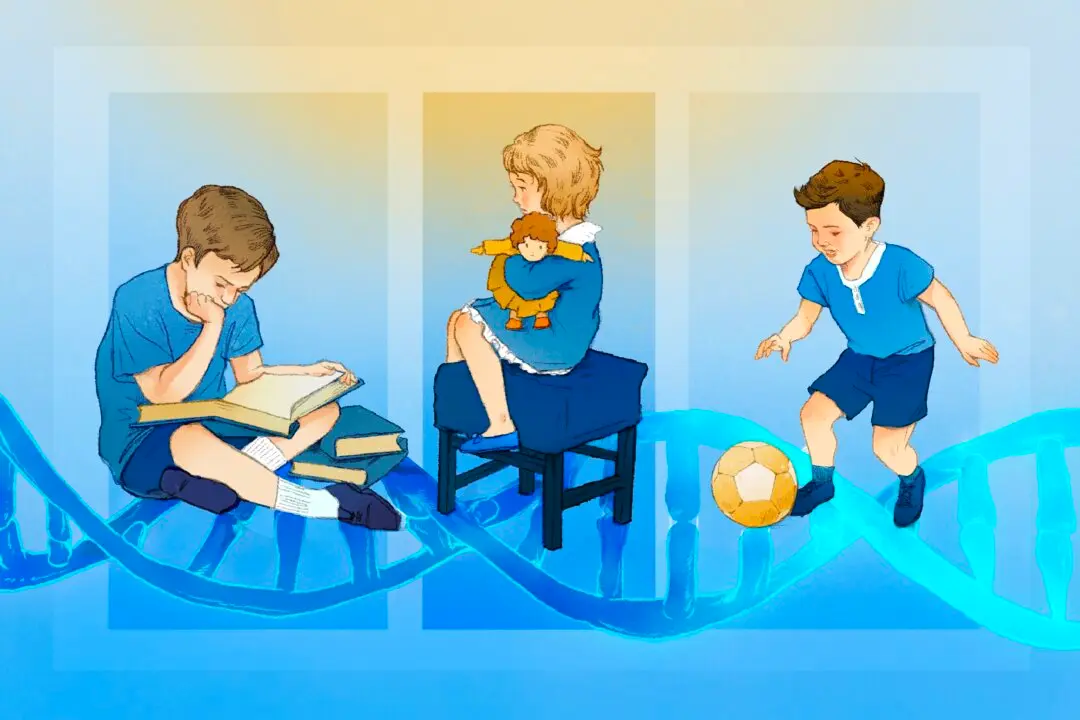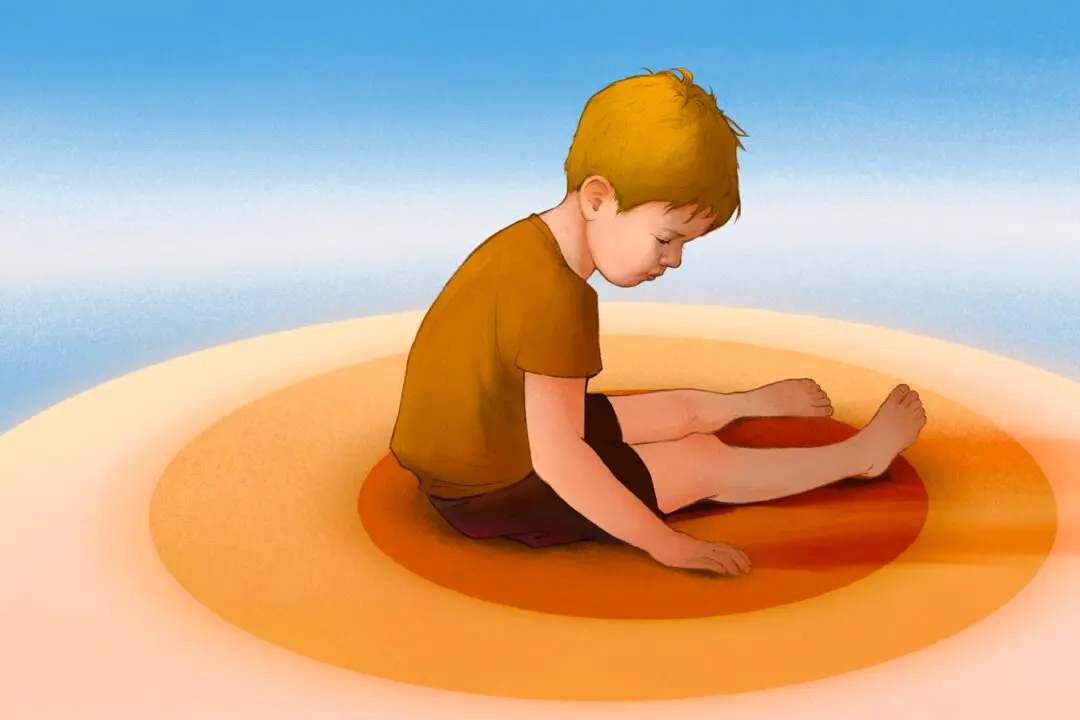An Australian university is moving to turn science fiction into reality and forwarding marsupial conservation efforts by bringing back to life the extinct Australian apex predator, the Tasmanian tiger.
The tiger, also known as the thylacine or Tasmanian wolf, was once found widespread across Australia, but by the arrival of European settlement in the 18th century, was limited to mainly to the island of Tasmania where, over the next hundred years, it was hunted to extinction by colonialists. The last known creature died in captivity in 1936.





